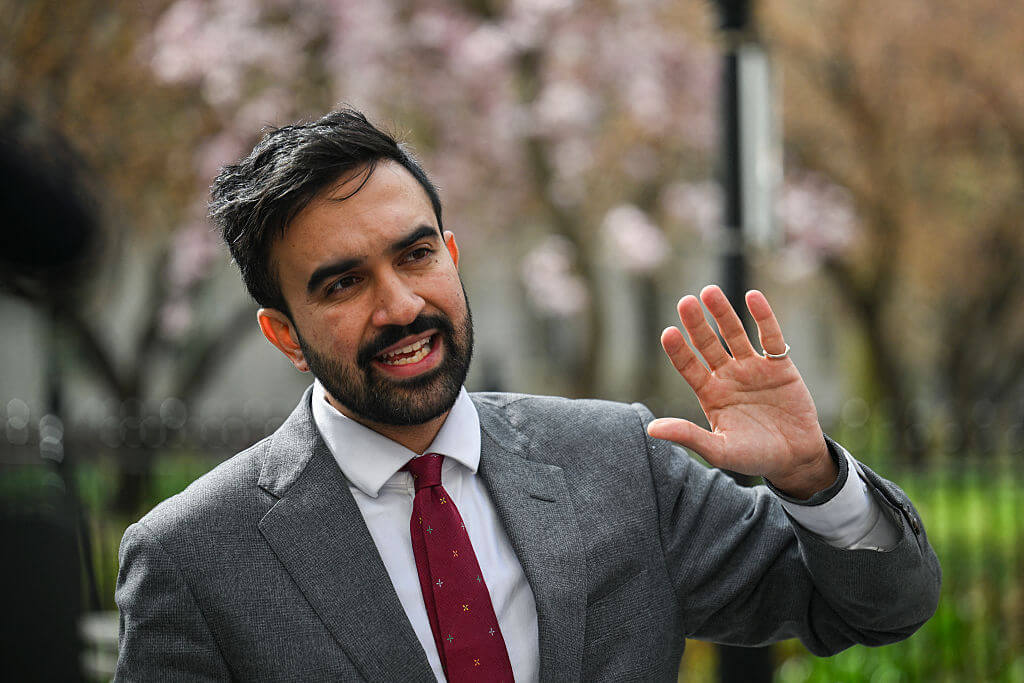Norman Mailer: A Man of Letters Inspired by the People of the Book

MAILER: Author influenced by the Talmud
The Norman Mailer who died in New York last Saturday at the age of 84, and whom I met in November 2006, was not the brash showman — arm-wrestling with Muhammad Ali, boxing with Jose Torres, hobnobbing with Jackie Onassis at a New York society dinner. This Mailer looked more like my beloved rabbinic grandfather: nearly blind, practically deaf and maneuvering around painfully with the use of two steel canes. Yet at this late date, as Mailer’s famous deep-blue eyes sparkled, his spirit of Jewish mischief, which animated both his life and work, remained undimmed.

MAILER: Author influenced by the Talmud
As a scholar of Jewish American writing, I have always been fascinated by the ways in which Mailer is able to bring Jewish themes into writing that often seems very different from Jewish work. When I mentioned to a group of scholars at a conference last year at the Harry Ransom Center (occasioned by Mailer’s selling his papers to the University of Texas at Austin; he was the latest in a long line of Jewish writers to do so) that I thought Mailer was a deeply Jewish writer, my claim was met with a good deal of skepticism.
Yet, much like Woody Allen’s character in “Annie Hall” pulling Marshall McLuhan out from a ticket line to settle a dispute about his work, I turned to Mailer, who was by this time sitting by himself, enjoying a glass of Chardonnay off to the side. I introduced myself and mentioned that I thought he was far more deeply engaged by Jewish ideas in his work than is often supposed. I also said that I found a certain talmudic pilpul in his finest work. To the amazement of the group, he responded by saying, “Many years ago, I received a translation of the Talmud as a gift, and I have been dipping into it on and off ever since; it has influenced everything I have written.”
Once that dispute had been settled, Mailer, with his strong and distinct voice intact, began to loudly declaim his favorite talmudic section, which discusses when prayers can continue once an ox has defecated near a synagogue.
Pure Mailer. Sitting in the elegant Ransom Center, surrounded by Texas dignitaries, Mailer defiantly recalled an ancient rabbinic dispute concerning literal bullshit. Mailer, as the grand old man of American letters in the Texas heartland, was as relevant as ever. His body was failing, but his mind remained combative and brilliant — just as in his best passages, combining the rude and irreverent with an abiding sympathy for the mystical tensions of ancient texts, Jewish or otherwise.
Many years ago, Mailer was asked why he didn’t write a novel about his childhood, about growing up Jewish in Brooklyn. He responded by saying, “The reason is that I know it too well, and there’s no interest in writing about a subject where you’re not going to discover much that’s new.”
In searching for the Jewish American writer in Mailer, perhaps instead of looking for overt examples of Jewish ritual — a Passover Seder, the lighting of a Hanukkah menorah — readers should be asking just how Judaism and Jewish values inspire and inform much of his finest work.
Whether Mailer is discussing the core Jewish concept of tikkun olam (healing the world) or demonstrating the need for human beings to perform acts of loving kindness, there are numerous textual examples to cite. Throughout his career, Mailer consistently saw the world through a Jewish lens, via the values and beliefs he was raised with as a tough Jewish kid from Brooklyn: from his concern with antisemitism during World War II in “The Naked and the Dead,” to the Jewish notion that all human beings are created in the Divine image — even those who have gravely sinned, as in “The Executioner’s Song”— to the problems of imagining Hitler and aesthetically representing the Holocaust in his final novel, “The Castle in the Forest.”
I’m even tempted to read Mailer’s novel “The Gospel According to the Son” as a Jewish version of the four gospels (not noted for their particularly philo-Semitic outlook). In Mailer’s version of the gospels, Jesus is more Hebrew Bible Job than the New Testament Son of God, and to even those skeptics who believe that nothing else in his oeuvre ranks as genuinely Jewish, surely the overwhelming chutzpah of this unusual project (again, think talmudic pilpul!) should gain Mailer entry into most readers’ lists of great Jewish American writers.
Mailer continued to struggle with Jewish concerns to the very end, in both “The Castle in the Forest” and his final nonfiction work, “On God: An Uncommon Conversation.” Much like Saul Bellow, who late in his career lamented his lack of attention to the Holocaust, in these last works Mailer turned to wrestling with the theological implications of a God who “turned aside his face,” remaining silent during his chosen people’s darkest hour. In “The Castle in the Forest,” Mailer follows a long Jewish textual tradition of lament in his attempt to understand the nature of evil through a slant representation of the Holocaust, doing so from a surprising direction: by re-creating the background, conception and early years of its progenitor, Hitler.
Of course, there are many readers and critics who would disagree with my assessment of Mailer, arguing that in both his public life and his work there is a sexual freedom that is antithetical to traditional Judaism and Jewish values. Yet a glance at the aggadic sections of the Talmud, filled with stories of rabbinic sexual fantasies, reveals how Mailer’s devilish voice mimics the narrative tone of the Babylonian Talmud.
Famously, in “Advertisements for Myself,” Mailer, combining Hemingway’s bravado with Babe Ruth’s mythology, had predicted that he would “point to the farthest fence” and “knock one out” by writing the Great American Novel. Mailer might never have written this greatest of novels, but in his indirect representation of Judaism he came as close to the warning track as anyone of his generation ever did. Having failed at writing the elusive Great American Novel, perhaps Mailer just might have succeeded at becoming the Great Jewish American Writer.
Ezra Cappell is assistant professor of English and director of the Inter-American Jewish Studies Program at the University of Texas at El Paso. He is the author of the recent “American Talmud: The Cultural Work of Jewish American Fiction” (SUNY Press), which will be published in paperback in January 2008.
The Forward is free to read, but it isn’t free to produce

I hope you appreciated this article. Before you go, I’d like to ask you to please support the Forward.
Now more than ever, American Jews need independent news they can trust, with reporting driven by truth, not ideology. We serve you, not any ideological agenda.
At a time when other newsrooms are closing or cutting back, the Forward has removed its paywall and invested additional resources to report on the ground from Israel and around the U.S. on the impact of the war, rising antisemitism and polarized discourse.
This is a great time to support independent Jewish journalism you rely on. Make a gift today!
— Rachel Fishman Feddersen, Publisher and CEO
Support our mission to tell the Jewish story fully and fairly.
Most Popular
- 1
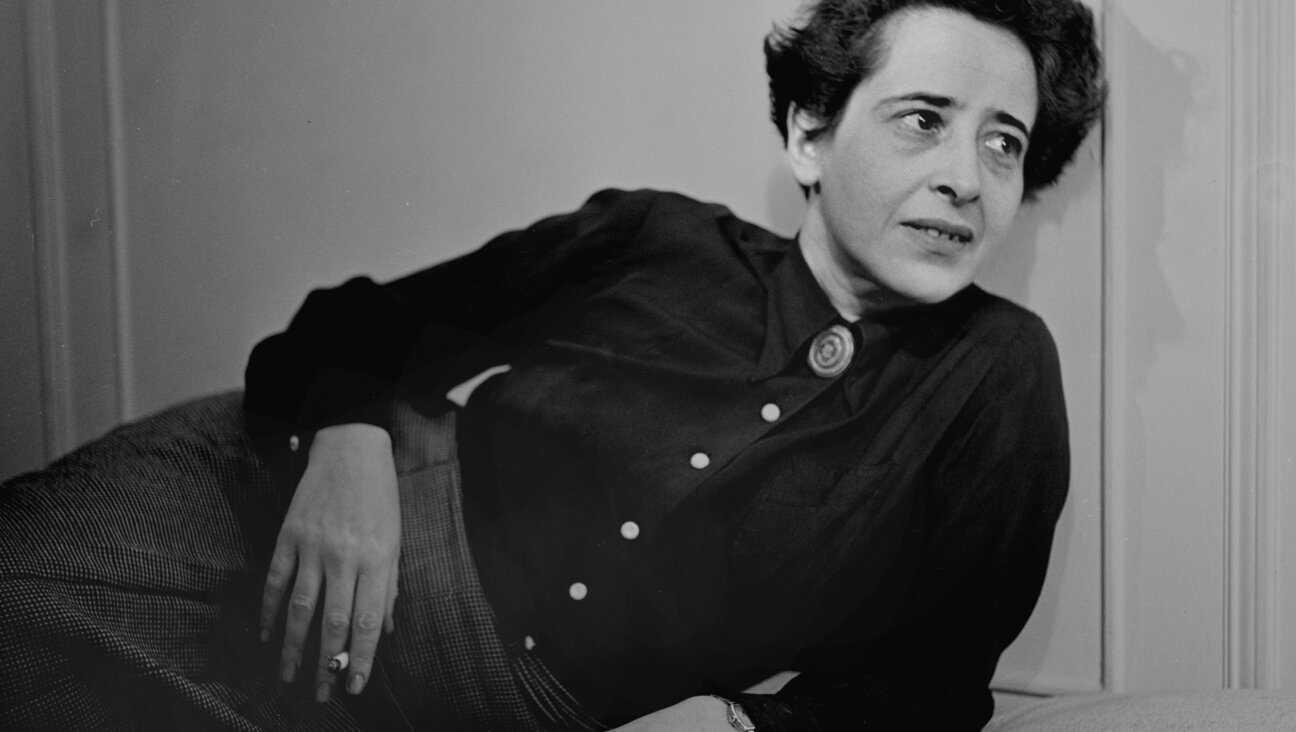
Culture Trump wants to honor Hannah Arendt in a ‘Garden of American Heroes.’ Is this a joke?
- 2

Fast Forward The invitation said, ‘No Jews.’ The response from campus officials, at least, was real.
- 3
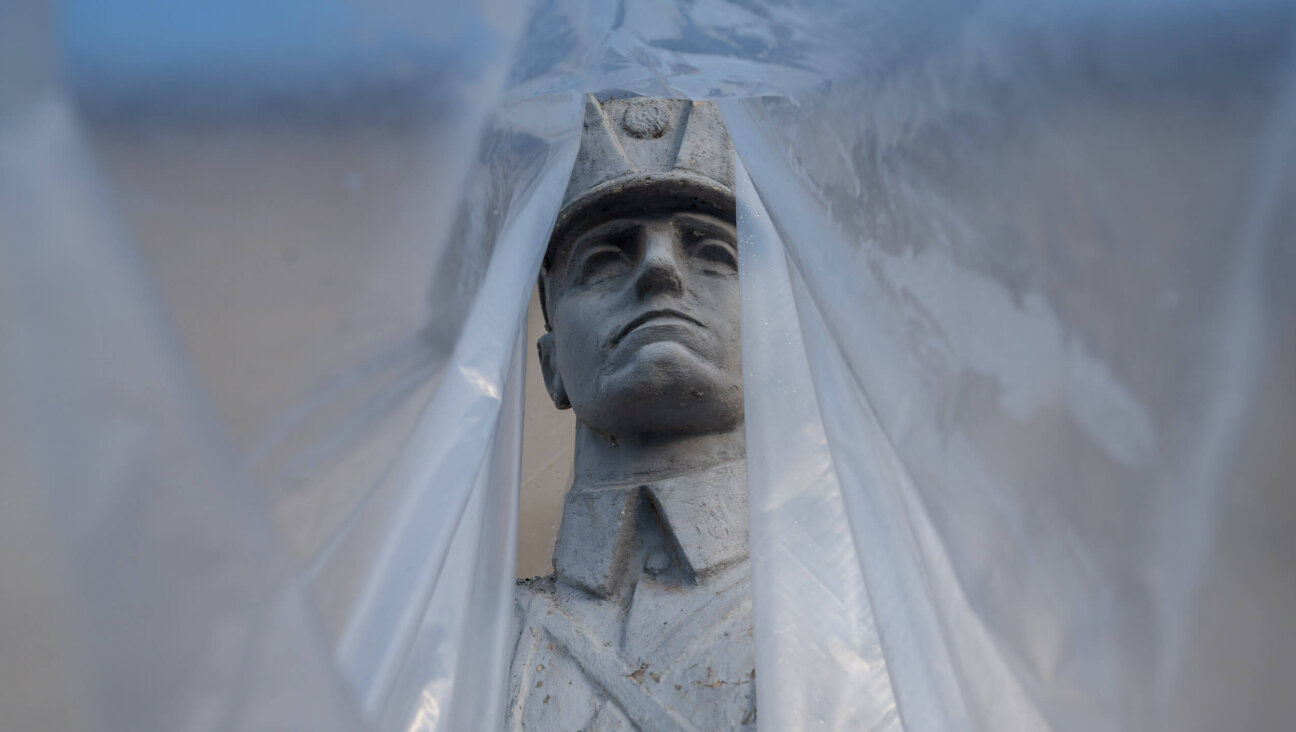
Opinion A Holocaust perpetrator was just celebrated on US soil. I think I know why no one objected.
- 4
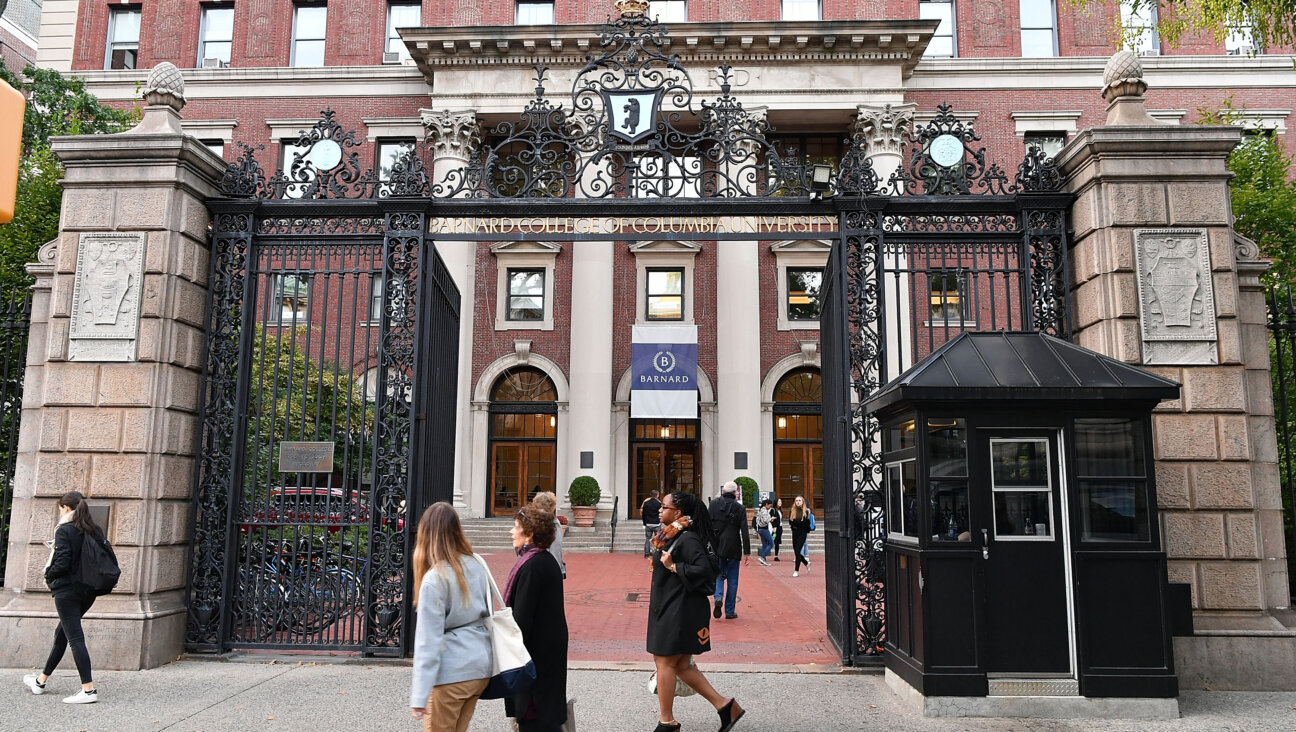
Fast Forward Columbia staff receive texts asking if they’re Jewish, as government hunts antisemitic harassment on campus
In Case You Missed It
-
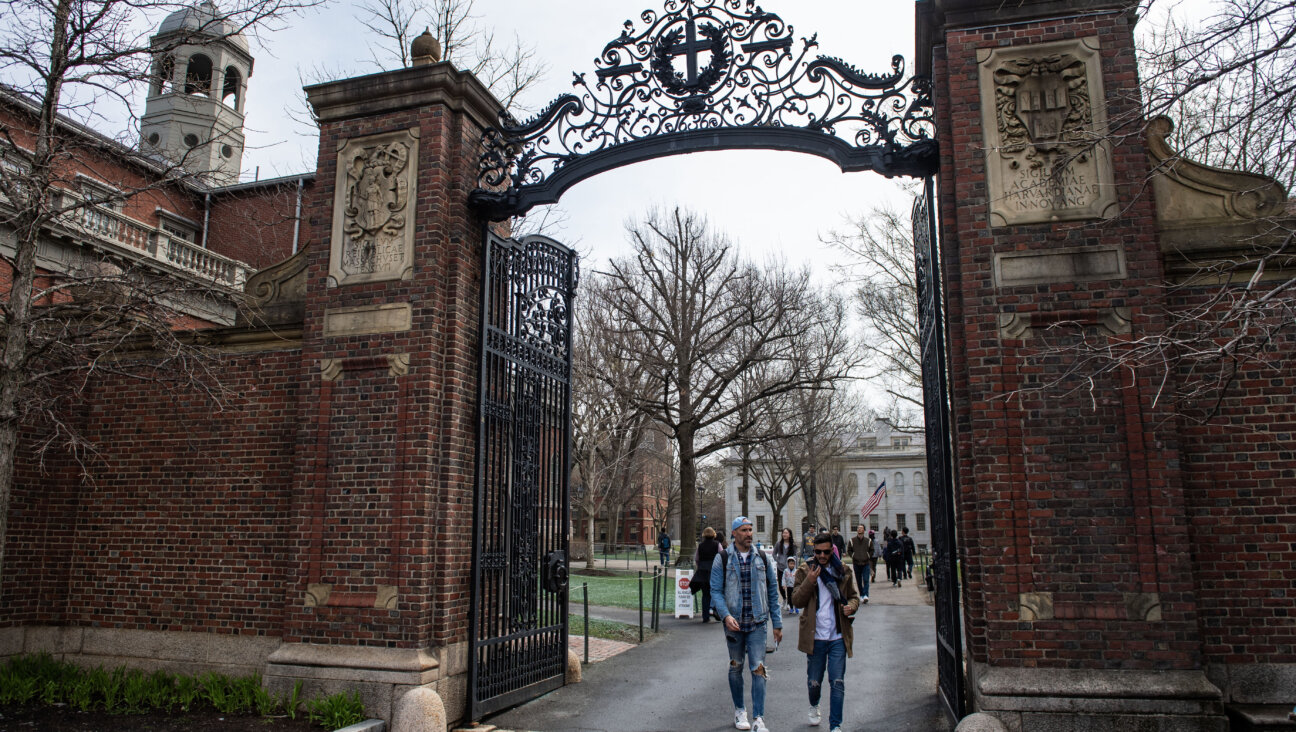
News At Harvard, reports on antisemitism and anti-Palestinian bias reflect campus conflict over Israel
-

Opinion Is JB Pritzker’s very Jewish toughness the key to fighting Trump?
-

Fast Forward Trump nominee Ed Martin, who praised a Nazi sympathizer, also compared Biden to Hitler
-

Opinion RFK Jr. and Trump are talking about an ‘autism registry’ — this sounds disturbingly familiar
-
Shop the Forward Store
100% of profits support our journalism
Republish This Story
Please read before republishing
We’re happy to make this story available to republish for free, unless it originated with JTA, Haaretz or another publication (as indicated on the article) and as long as you follow our guidelines.
You must comply with the following:
- Credit the Forward
- Retain our pixel
- Preserve our canonical link in Google search
- Add a noindex tag in Google search
See our full guidelines for more information, and this guide for detail about canonical URLs.
To republish, copy the HTML by clicking on the yellow button to the right; it includes our tracking pixel, all paragraph styles and hyperlinks, the author byline and credit to the Forward. It does not include images; to avoid copyright violations, you must add them manually, following our guidelines. Please email us at [email protected], subject line “republish,” with any questions or to let us know what stories you’re picking up.









